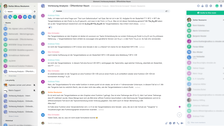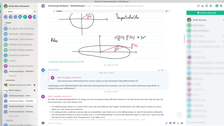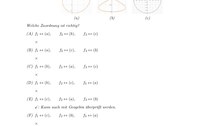Fundamentals of Mathematical Analysis: Prof. Dr. Stefan Neukamm (#SN2)
Format
This course was composed of
- 50 asynchronous lecture videos and transcripts
- Synchronous practicals carried out as a group in interactive video conferences
- Homework and online tests
Keywords
Foundation lecture, mathematics, asynchronous lecture, synchronous practical, first year of studies
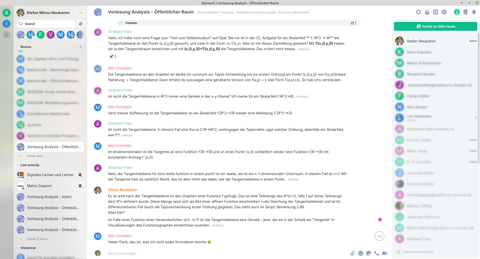
© Stefan Neukamm
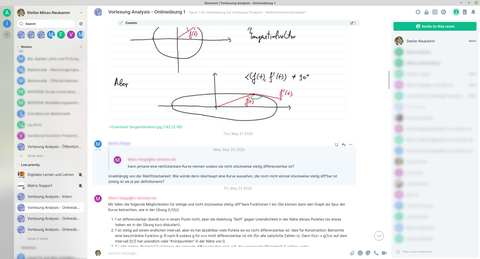
© Stefan Neukamm
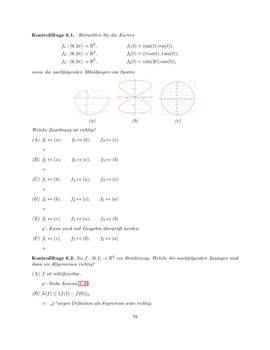
© Stefan Neukamm
Description
Fundamentals of Mathematical Analysis is an essential foundation module in mathematics taken by over 200 first year undergraduate students of Mathematics, Mathematics in Business and Economics, Physics and trainee secondary school teachers. During this introductory course, along with various mathematical concepts, the students learn how to use mathematical language (reading and writing technical mathematical texts and proofs) with confidence. Ideally, this course should also enable the students to develop an intuitive understanding of abstract structures. As this is a first-year course, the lectures aim to demonstrate to the students how to study math. This includes proper preparation and follow up on a lecture independently or in study groups as well as structuring the diverse range of content. Normally, these lectures take place in a lecture theater with a chalkboard.
To make the transition to a digital course as smooth as possible, the structure was developed at an early stage. Reliable communication channels (OPAL and MATRIX messenger) and a consistent weekly rhythm (when content should be published, when homework should be distributed, etc.) played a key role.
This information was communicated before the start of the semester in a YouTube video.
Key components of the course:
- Transcripts and lecture videos:
https://www.youtube.com/playlist?list=PLA2f93HvM3z4h9wL8rJZ_L8D6-6tZSJwA - 8 (multiple-choice) control questions integrated in the transcript each week to encourage the students to make learning a part of their routine. Students had to answer these questions as homework.
- Practicals were conducted as interactive video conferences. Synchronous and asynchronous interaction was also possible via Matrix chat rooms.
- Homework was distributed, marked and returned via OPAL.
- The students were allowed to work on homework in groups (of up to three people) to support digital group learning.
- Chat rooms were set up to create and support learning groups.
- ONYX tests were used for exam preparation. The final exam was uploaded to OPAL.
Contact
Voting ID
#SN2

